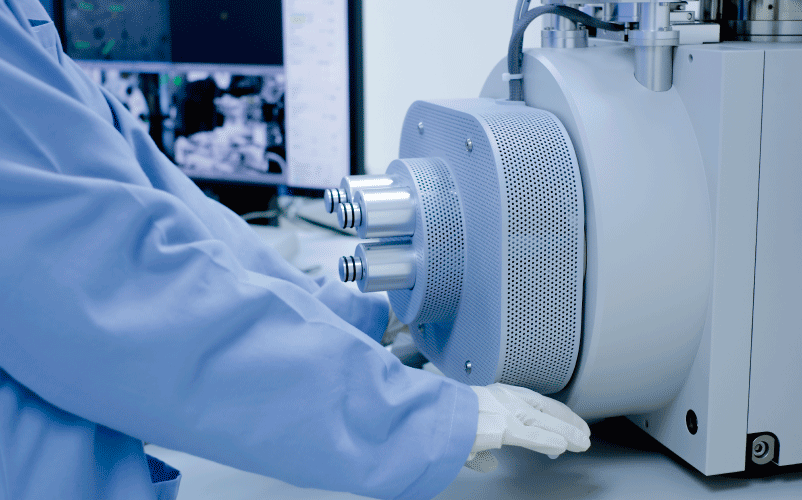How to avoid nanoparticle interference in the LAL Assay
 Recent technological advances have allowed nanomaterials to be utilized for biology and medicine. Nanoparticles have unique physiochemical properties that can offer novel strategies to treat diseases. However, these nanomaterials have the potential to trigger dangerous immune reactions, which may be due to the presence of bacterial endotoxin.
Recent technological advances have allowed nanomaterials to be utilized for biology and medicine. Nanoparticles have unique physiochemical properties that can offer novel strategies to treat diseases. However, these nanomaterials have the potential to trigger dangerous immune reactions, which may be due to the presence of bacterial endotoxin.
Endotoxin is a large, heat-stable lipopolysaccharide found in the cell wall of gram-negative bacteria. When the innate immune system is exposed to endotoxin, it can trigger septic shock, which is potentially life-threatening. For this reason, all drugs and medical devices are required by the FDA to have endotoxin levels below a regulated threshold.
According to one report, the majority of commercially-available nanomaterials are contaminated by endotoxin. This poses a challenge for the new field of nanotoxicology, which must differentiate intrinsic toxicity of a nanomaterial from toxicity due to contamination.
The Limulus amebocyte lysate (LAL) assay is the most popular method for endotoxin detection and quantification. It relies on blood cells (amebocytes) from the horseshoe crab. Upon contact with endotoxin, a chemical cascade induces coagulation as a defense mechanism against infection. The LAL assay uses this clotting reaction to quantify endotoxin levels.
Problematically, several studies have found that nanoparticles can interfere with the LAL assay, leading to over- or under-estimation of endotoxin levels. In some cases, nanoparticles can interact with enzymes in the clotting reactions. It is also possible for the optical density of nanoparticles to interfere with downstream LAL readouts, particularly the chromogenic method.
To avoid these problems, it is important to carefully consider which LAL method is the most reliable based on a nanomaterial’s intrinsic properties. Of the three most common LAL methodologies—gel-clot, turbidimetric, and chromogenic—the chromogenic method is generally considered to be the most resistant to nanoparticle interference. This method uses a colored substrate that forms via the endotoxin clotting reaction.
Notably, however, nanoparticles with high optical density can interfere with the chromogenic method as well. An alternative method in these cases is the turbidimetric method, which measures the cloudiness of the LAL solution. Highly concentrated nanoparticles should be avoided for this method, as they can increase the solution’s turbidity and thus alter the assay results.
After selecting the best method, appropriate controls must be employed to normalize the results. To minimize interference, the nanoparticles should be diluted prior to endotoxin quantification. The maximum valid dilution depends upon the sensitivity of the LAL reagent used.
The Limulus Color KY Series from FUJUFILM Wako is a robust option for endotoxin detection in nanoparticle samples. This particular kit, which utilizes a chromogenic method, makes it more resistant to nanoparticle interference.
In addition, the kit is highly sensitive, with a quantitative detection limit of 0.0002 EU/mL (single-type) or 0.0005 EU/mL (multi-type). This allows for a high maximum valid dilution, further minimizing the risk of interference.
For nanoparticles with high optical density, the PYROSTAR™ ES-F series may be employed. These kits rely on a turbidimetric readout and have a detection range as low as 0.001 EU/mL.
LAL REAGENT KIT:
 |
 |
 |
| Endotoxin Extracting Solution for LAL Test | Kit of 4 PYROSTAR™ ES-F (5.2 ML) with CSE | PYROSTAR ES-F Plate with CSE |



